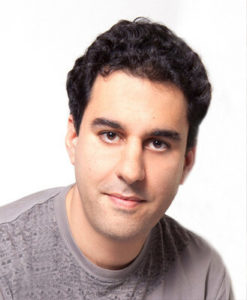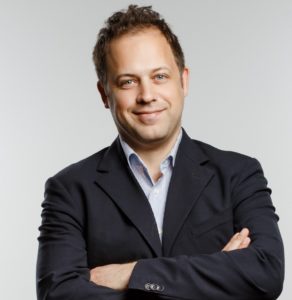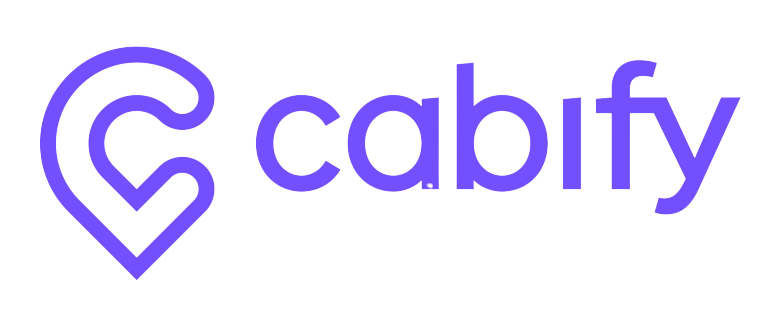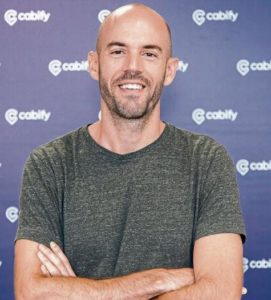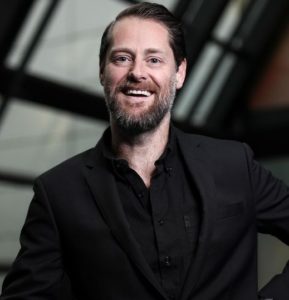Pebble : The Biggest Kickstarter success story
Smartwatches are a new trend in today’s time, and above the trend, it is the most useful tool anyone can get. Apple smartwatch being the leader in the game is not alone, and the competition is tough with its rivals and tech giants like Samsung, Fitbit, etc. working on similar products. But before Apple or Samsung, it was Pebbles, that developed the idea of smartwatch and ruled like a boss. But getting on the top, and maintaining the position, are two different things. Despite, Pebbles is no more the leader of smartwatches, it, still, will be always be known as the pioneer in the field of smartwatch development.
Eric Migicovsky is the founder of Pebbles from the Netherlands. While studying engineering at the Delft University of Technology, he got the chance to migrate to the University of Waterloo as an exchange student. Migicovsky loved cycling but was annoyed how he had to stop for taking calls or to see the messages on his smartphone. Eventually, he came up with the idea of connecting smartphones with smartwatches and created the first model of such a smartwatch named InPulse with his friends.
Later, Migicovsky entered the Y Combinator business incubator program with his idea and was able to raise US$375,000 from angel investors including Tim Draper of Draper Fisher Jurvetson. Though the amount was quite big, Migicovsky successfully sold watches to Blackberry with the name Pebble Technology. But after its first successful business deal, the company was not able to attract more investors.
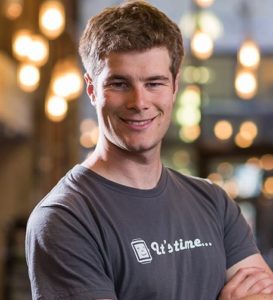
To raise more money, Migicovsky put the product on the Kickstarter website with a target to raise $100,000. The idea behind the Kickstarter was to offer a huge discount on the $150 watches on first 200 pre-orders. The target was indeed achieved, and that too, just in 2 hours, and eventually, the Kickstarter was closed at $10,266,845, the project becoming the most funded project at Kickstarter to that point. The fundraiser also got a world record for the company of the most money raised for a Kickstarter project.
In January 2013, the company partnered with Foxlink Grou and produced 85,000 watches to be shipped to the people who had ordered through the Kickstarter. The watches were connected with both Android and iOS devices through Bluetooth and could show the incoming call, a text message, notification from Facebook and Twitter as well as events on the calendar. By the end of the year, the company had shipped around 300,000 watches. In the next three months, it shipped another 100,000 units of watches. And by the end of 2014, the company had sold a total of 1 million watches successfully.
In February 2015, the company released its $199 second-generation Pebble smartwatch named Pebble Time at Kickstarter campaign. Here too, the company made another record of raising $500,000 in 17 minutes and a $1 million in 49 minutes. In 48 hours the company had already raised a $10 million, and by the closing, it raised a $20 million breaking its own previous record of raising the biggest amount of money in a Kickstarter. The same year, an 86-year-old Japanese watchmaker Citizen offered Migicovsky a $740 million for buying the company, but he turned down the offer, as he was certain of the success of Pebbles.
Despite the company was able to raise a huge amount of money, it had started to struggle financially. New rivals came up for the business, Apple being the prime threat to the success of Pebble. Migicovsky played with the design of the smartwatch and brought new technologies like tracking the health through the watch. But the software used in the watches was not that powerful and the smartwatches failed to put the impact.
The Pebble, Pebble 2, Time, Time 2, and Pebble Core are some of the smartwatch models from Pebbles. In December 2016, the Pebble’s rival company, Fitbit, acquired the company’s assets, employees, and Pebble’s intellectual property, in a total amount of $40 million.
Despite the company has been acquired by Fitbit, Pebbles will always be known as the first, and the fastest funded project in Kickstarter history.

Yashica is a Software Engineer turned Content Writer, who loves to write on social causes and expertise in writing technical stuff. She loves to watch movies and explore new places. She believes that you need to live once before you die. So experimenting with her life and career choices, she is trying to live her life to the fullest.


